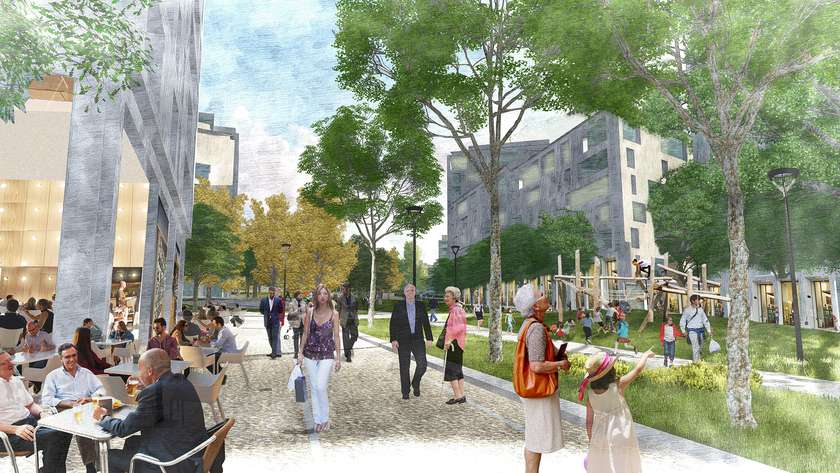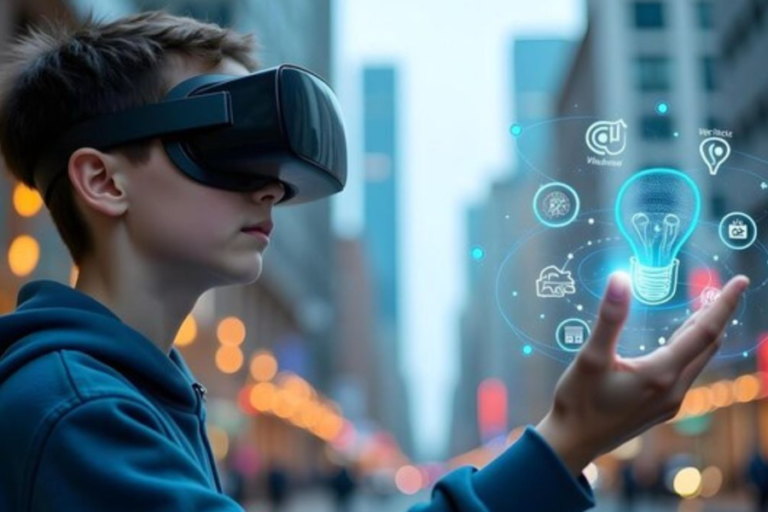Rethinking the Urban Jungle: Innovative Strategies for Urban Living
Cities are vibrant ecosystems, bustling with life, opportunity, and potential. Yet, beneath the surface of these thriving urban jungles lies a myriad of challenges that threaten to stifle their growth and prosperity. Urban problems such as traffic congestion, pollution, housing shortages, and public safety issues cast long shadows over city landscapes. But as daunting as these challenges may be, they also present opportunities for innovation and transformation. In this blog post, we’ll explore the creative strategies and solutions that cities can adopt to overcome these urban problems and usher in a new era of sustainable urban living.
Understanding Urban Problems
Urban areas are magnets for people seeking better opportunities, leading to rapid population growth. This influx often results in several common urban issues. One of the most pressing problems is traffic congestion. With more people comes more vehicles, leading to gridlock that wastes time and fuels frustration. Pollution is another major concern, affecting air quality and public health. Industrial activities and an increasing number of vehicles contribute significantly to this problem.
Housing is yet another critical issue. Many cities face shortages in affordable housing, leading to overcrowded neighborhoods and pushing residents to the outskirts. This lack of sufficient housing options exacerbates social inequalities and impacts the quality of life for low-income families. Public safety is a concern, too. An increase in population density can lead to higher crime rates and strains on law enforcement resources. Addressing these urban problems is crucial for maintaining a high quality of life in cities.
Innovative Solutions for Urban Problems
Fortunately, the digital age offers new and emerging technologies that cities can use to tackle these challenges. Smart city solutions leverage data and technology to manage urban resources effectively. For instance, intelligent traffic management systems can optimize traffic flow and reduce congestion by analyzing real-time data. These systems can adjust traffic signals dynamically, reducing wait times at intersections.
Green infrastructure is another innovative solution. By incorporating nature into urban planning, cities can mitigate urban heat islands, reduce flooding, and improve air quality. Green roofs, parks, and urban forests serve as natural air purifiers and provide residents with recreational areas that enhance well-being.
Community engagement strategies are also paramount. Engaging citizens in the planning and decision-making process fosters a sense of ownership and accountability. Participatory budgeting, where residents decide on the allocation of city funds, empowers communities and ensures that solutions are tailored to local needs.
The Role of Public and Private Partnerships
Implementing these innovative strategies requires collaboration between various stakeholders. Public-private partnerships (PPPs) have proven effective in addressing urban challenges. Governments can leverage the expertise and resources of private businesses to develop and implement large-scale projects. For example, cities can partner with tech companies to develop smart infrastructure and data-driven solutions.
Non-governmental organizations (NGOs) also play a pivotal role. They can advocate for vulnerable populations and facilitate community involvement in urban planning. Citizens, too, are essential partners. Their insights and feedback are invaluable in creating sustainable urban solutions that truly address their needs.
By fostering these collaborations, cities can pool resources, share expertise, and achieve more significant results than they could independently. A united effort is vital for overcoming urban problems and creating resilient, livable cities.
Challenges and Future Considerations
While the potential of innovative urban strategies is immense, several hurdles must be addressed. Financial constraints can limit the implementation of large-scale projects. Securing funding from both the public and private sectors is crucial to bring these solutions to life. Additionally, there may be resistance to change from stakeholders accustomed to traditional approaches.
Future trends in urban development indicate a growing emphasis on sustainability and resilience. Cities must consider climate change impacts in their planning and prioritize eco-friendly initiatives. This includes harnessing renewable energy sources and promoting green transportation options such as cycling and electric vehicles.
Furthermore, cities should explore new materials and technologies that enhance infrastructure efficiency. For instance, using HDPE (High-Density Polyethylene) potable water piping can reduce maintenance costs and improve water quality. By staying up-to-date with technological advancements, cities can future-proof their urban environments and remain competitive in an ever-evolving world.
Conclusion
Addressing urban problems is no small feat, but it is essential for the continued growth and prosperity of our cities. By adopting innovative strategies and fostering collaboration between stakeholders, cities can transform challenges into opportunities for positive change. Continuous innovation and proactive approaches are key to creating sustainable, livable urban environments.
Keep an eye for more latest news & updates on Tribune US!







